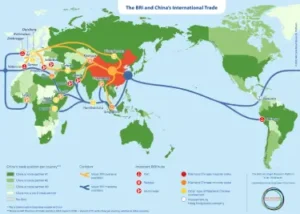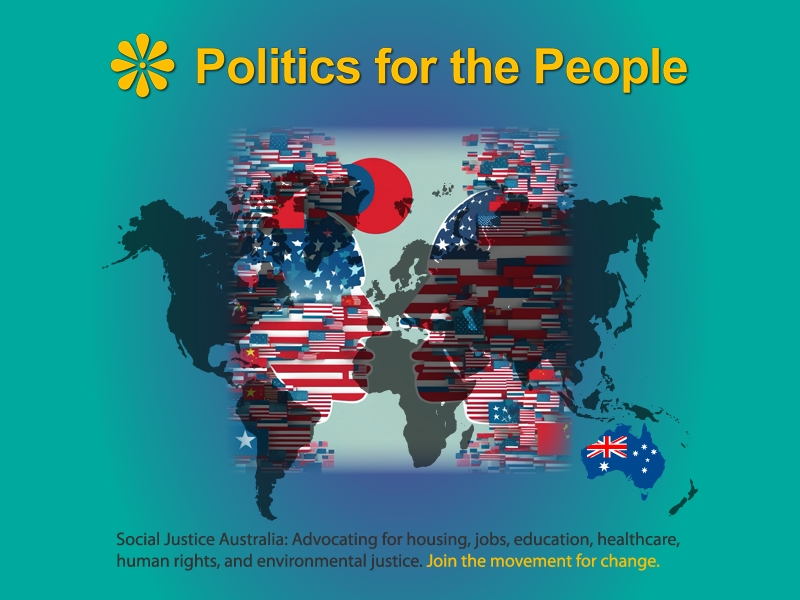Description
Unpack the China Threat narrative in Western media and explore a balanced view of China’s global role. Discover the real story.
Introduction:The Rise of the China Threat Narrative
The narrative of China as a global threat has become a dominant theme in Western media, often framing China as a geopolitical and economic adversary. This portrayal, while capturing attention, simplifies complex international relations and may overshadow other significant global issues. By examining the origins, evolution, and effects of this narrative, this article aims to provide a clearer, more balanced understanding of China’s role in the world today.
Understanding the “China Threat” Narrative
Origins and Media Reinforcement
The “China Threat” narrative appeared as China’s economic and military capabilities expanded rapidly. Western media has played a crucial role in shaping this narrative, often emphasizing aspects of China’s development that could pose a threat to Western hegemony. This portrayal is reinforced through persistent coverage that highlights competitive rather than cooperative elements of China’s foreign policy, contributing to a skewed belief that may not fully be China’s intentions or actions.
The Role of Assumptions in Shaping Perceptions
Western interpretations of China’s rise are often infused with assumptions of inherent aggression and ambition to supplant the West. Such perspectives overlook the possibility of China’s peaceful rise and its significant global economic contributions. By framing China’s development as a zero-sum game, where China’s gain is the West’s loss, these assumptions fuel a narrative that may not acknowledge China’s interest in supporting global stability and fostering economic partnerships.
Media Influence and Propaganda Dynamics
Western Media’s Impact on Public Perception
Western media’s portrayal of China significantly influences public and political beliefs, often casting China in a negative light. This influence extends beyond simple reporting, affecting public opinion and policy decisions in Western countries. The media’s focus on negative aspects without equivalent coverage of positive developments or cooperative initiatives leads to an imbalanced view that can shape policy in ways that are confrontational rather than collaborative.
Propaganda, Fearmongering, and Their Consequences

In some cases, the narrative borders on propaganda, characterized by exaggerated claims and selective reporting that heighten fears about China’s intentions. This fearmongering can lead to policies that are more about countering China than engaging with it constructively. The consequences include heightened global tensions, increased military spending, and missed opportunities for cooperation on international issues like climate change, public health, and economic stability.
Rethinking the Comparative Threats
Analyzing the Broader Impact of Media Narratives
The pervasive narrative of China as a primary geopolitical threat in Western media often overshadows more pressing global issues such as climate change, economic inequality, and technological disruptions. This singular focus can distort public perception and policy priorities, potentially leading to a misallocation of resources and attention away from other critical challenges that require international cooperation.
Distraction from Global Issues
The emphasis on China as an antagonist diverts public and governmental attention from urgent problems that affect the global community, such as the climate crisis, the need for sustainable development, and global health threats like pandemics. By fixating on China, media can inadvertently minimize the coverage of these issues, reducing public pressure on governments to act on them effectively. This can delay necessary actions and international collaborations essential for addressing global challenges.
Impact on Democratic Discourse
The narrative can also have profound implications for democratic discourse within Western countries. By constantly portraying China as a monolithic adversary, media narratives can fuel xenophobia, nationalism, and polarization. This type of coverage often lacks the complexity and nuance necessary to foster informed public debate and can lead to policies driven by fear rather than rational strategy. The erosion of nuanced, critical engagement in democratic societies undermines the foundational principles of open dialogue and informed decision-making.
Media’s Role in Shaping Policy
The way media frames China not only shapes public opinion but also influences policy decisions. Policymakers, often swayed by public sentiment and media portrayal, may adopt more aggressive stances that might not align with the best strategic interests of their countries or the global community. This reaction can lead to a cycle of escalation, where defensive measures by one side are viewed as aggressive by the other, potentially leading to real-world confrontations.
Comparative Analysis of Threats
When media focuses predominantly on China as a threat, it can overshadow more nuanced discussions about other significant global actors and internal issues. For instance, the rise of digital surveillance, cybersecurity threats, and misinformation campaigns often involve multiple countries and non-state actors. A balanced media approach would provide a comprehensive view of these multifaceted threats rather than disproportionately highlighting one source. This balanced approach is crucial for developing effective, comprehensive security strategies that address the full spectrum of global risks.
The Need for Balanced Journalism
To counteract the potential negative impacts of one-sided narratives, there is a pressing need for more balanced journalism that provides a comprehensive view of international affairs. Media outlets should strive to present a range of perspectives, highlighting cooperative efforts and shared challenges alongside competitive dynamics. This would not only contribute to a more informed public but also foster a more nuanced and productive international discourse that can lead to effective and sustainable global solutions.
International Propaganda and Its Global Implications
The interaction between Chinese and Western propaganda complicates the global media landscape, making it difficult for the public to discern truth from bias. Both Chinese and Western media can be guilty of promoting nationalistic and skewed narratives, particularly in contentious areas like the South China Sea, Taiwan, and trade policies. This global propaganda battle not only affects international relations but also changes how populations understand and engage with the world.
Conclusion: Seeking Balance and Truth in Media

To foster a healthier international environment, it is crucial for media on all sides to strive for greater balance and factual reporting. Understanding the true nature of China’s global role requires moving beyond simplistic narratives and recognizing the nuances of international politics. One such nuanced aspect is China’s Belt and Road Initiative (BRI), which has significant implications for global trade, economic development, and geopolitics.
The Belt and Road Initiative, launched in 2013, is a vast infrastructure and economic project that aims to enhance global trade and stimulate economic growth across Asia and beyond. By building a network of trade routes, including roads, railways, and ports, the BRI seeks to create new economic corridors connecting China to Central Asia, Europe, and Africa. This initiative is often portrayed in Western media solely as a strategic tool for China to expand its influence, overshadowing its potential benefits such as promoting economic development and integration among participating countries.
While it is important to critically assess the geopolitical implications of the BRI, it is equally vital to acknowledge its role in developing infrastructure that can aid underdeveloped regions and foster economic cooperation. A balanced approach in media coverage would not only highlight the concerns and challenges associated with the BRI but also its opportunities for collaborative development and mutual benefit.
Engage in the Discussion
- Is the “China Threat” narrative shaping our view of global politics more than actual events?
- How can media improve its coverage of international relations to offer a more balanced view?
Call to Action
Engage with the topic further by watching the four-part series on these issues. What insights can we gain by challenging prevalent narratives? Share your thoughts and join the conversation.
**Primary Keywords:** China threat narrative, Western media portrayal, international relations
**Secondary Keywords:** geopolitical dynamics, economic adversary, global media influence
What are the threats China poses to the rest of the world:
The Threats China poses, Ep 2 Human Rights abuses:
The Threats China poses Ep 3: Hong Kong Democracy:
The Threats China poses: Ep 4 Military Expansion:
References:
China threat or the truth behind Western propaganda: https://youtu.be/KVHXNMVyDe8
Anti-China Rhetoric Is Off the Charts in Western Media: https://thediplomat.com/2023/02/anti-china-rhetoric-is-off-the-charts-in-western-media/
The Global Times and The China Threat Narrative: An Empirical Analysis: https://www.ncbi.nlm.nih.gov/pmc/articles/PMC8475392/
Silence, propaganda reign as West stokes fears of ‘looming threat’ of war with China: https://www.scmp.com/week-asia/opinion/article/3219469/silence-propaganda-reign-west-stokes-fears-looming-threat-war-china
China less a threat to democracy than the mainstream media: https://independentaustralia.net/business/business-display/china-less-of-a-threat-to-democracy-than-the-mainstream-media,17306
Chinese and Russian propaganda work in tandem to blame the West for war in Ukraine: https://www.aspistrategist.org.au/chinese-and-russian-propaganda-work-in-tandem-to-blame-the-west-for-war-in-ukraine/
Jerry’s Take on China: https://www.youtube.com/@jerrystakeonchina799/videos

